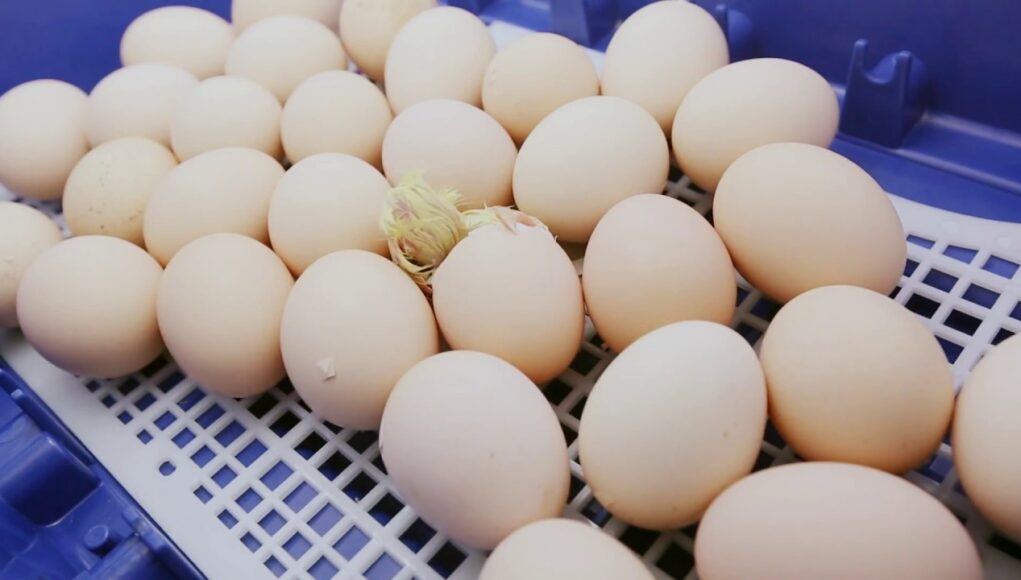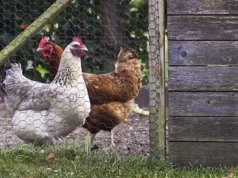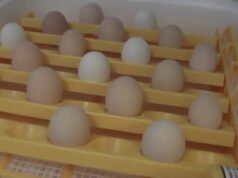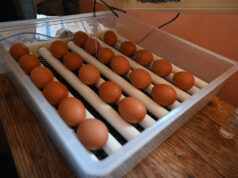Have you ever wondered about the fascinating process of hatching chicken eggs? If so, you’re in the right place! Understanding how to use a chicken incubator can be both an exciting and rewarding experience, especially for chicken lovers. In this guide, we will explore the essentials you need to successfully incubate chicken eggs, ensuring a bountiful hatch.

What Is a Chicken Incubator?
A chicken incubator is a device that creates the perfect environment for hatching eggs. It controls temperature, humidity, and ventilation, mimicking the natural conditions a hen provides. Learn more about how incubators work.
Choosing the Right Incubator
When selecting an incubator, consider the size, ease of use, and features. There are various types available, from small tabletop models to large commercial units. Ensure your incubator has a reliable temperature and humidity control system.
Size and Capacity
Think about how many eggs you plan to incubate. If you’re just starting, a smaller incubator might be suitable. However, if you plan on scaling up, invest in a larger model.
Automatic vs. Manual
Automatic incubators are convenient as they handle egg turning and temperature adjustments. Manual incubators require more attention but are often less expensive.
Setting Up Your Incubator
Once you’ve chosen your incubator, it’s time to set it up. Follow these steps for optimal results:
Location
Place the incubator in a stable environment, away from direct sunlight and drafts. This helps maintain consistent temperature and humidity levels.
Temperature Settings
The ideal temperature for a chicken incubator is around 99.5F (37.5C). It’s crucial to monitor the temperature regularly. Check out this guide on setting the ideal temperature.
Humidity Levels
Maintain humidity levels at around 50-55% for the first 18 days, then increase to 65-70% for the final days before hatching.
Preparing the Eggs
Before placing the eggs in the incubator, ensure they are fertile. Learn how to test egg fertility.
Cleaning and Disinfecting
Clean and disinfect the eggs to prevent bacteria from affecting the hatch.
Positioning the Eggs
Place eggs with the pointed end facing down. This ensures the embryo develops correctly.
Monitoring the Incubation Process
Regular monitoring is essential for successful hatching. Here’s what you need to keep an eye on:
Temperature and Humidity
Check the temperature and humidity daily to ensure they’re within the recommended range.
Egg Turning
Turn the eggs at least three times a day to prevent the embryo from sticking to the shell. Automatic incubators often handle this for you.
Candling the Eggs
Candling allows you to check the development of the embryo. It’s done by shining a light through the egg. Learn more about the candling process.
Preparing for Hatch Day
As hatch day approaches, stop turning the eggs and increase humidity. This creates the ideal environment for chicks to break free from their shells.
Signs of Hatching
Look for pipping, where the chick breaks the shell. Allow them time to hatch without assistance.
Post-Hatch Care
Once the chicks are hatched, transfer them to a brooder with appropriate heat, food, and water.
Brooder Setup
A brooder should have a heat lamp, bedding, and chick feed. Ensure it’s safe from predators.
Common Challenges in Egg Incubation
Incubating eggs can come with challenges. Here are some common issues and how to address them:
Temperature Fluctuations
Keep the incubator in a stable environment to avoid temperature swings.
Humidity Issues
Use a hygrometer to monitor humidity levels and adjust as needed.
Egg Fertility
Ensure eggs are fertile before incubation to prevent disappointment.
Hatching Success Stories
Many enthusiasts have shared their hatching success stories. These experiences can provide valuable insights and encouragement to new hatchers.
Conclusion
Learning how to use a chicken incubator opens the door to the fascinating world of egg hatching. With the right setup, monitoring, and care, you’ll soon experience the joy of watching your chicks emerge. For further reading, visit Farmbrite’s guide on egg incubation.

Frequently Asked Questions
What temperature should a chicken incubator be set at?
The ideal temperature for a chicken incubator is around 99.5F (37.5C).
How often should I turn the eggs?
Eggs should be turned at least three times a day to ensure proper embryo development.
What should I do if my chicks are struggling to hatch?
It’s best to allow chicks to hatch on their own unless there’s a medical reason to intervene.
This article contains affiliate links. We may earn a commission at no extra cost to you.











